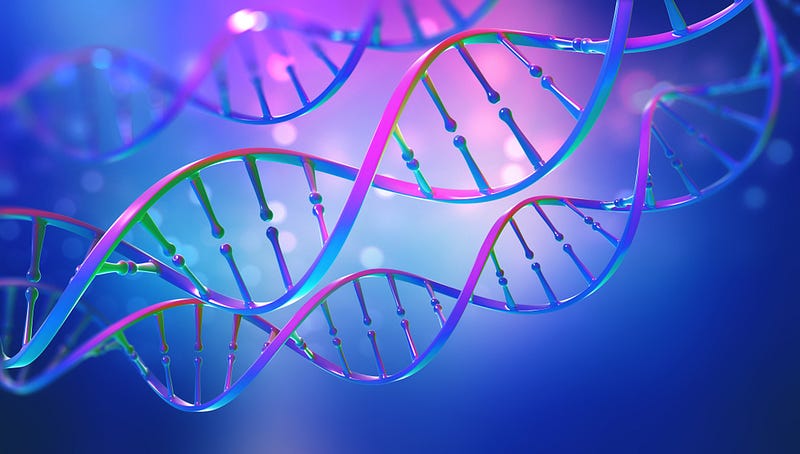Hox Genes: Architects of the Body
By Yasmine Myftija, Biology, 2021

Have you ever wondered how the human body assembles itself from a simple ball of cells? Or why nearly everyone is born with a similar, universally accepted body structure? How the body knows where not to place an extra eye? Or what a human could possibly have in common with its fellow vertebrate, the zebrafish? It seems miraculous that the human body puts itself together as easily as a child puts together Legos, but in reality, this fundamental process is driven by a group of regulatory genes named homeotic genes.
Homeotic genes, which are found in all vertebrates, regulate and direct the development of the many structures in a vertebrate’s body. They were first discovered in Drosophila melanogaster, commonly known as the fruit fly, in 1978. Hox genes, which are a subset of the broader homeotic genes, are highly conserved evolutionarily and can be found in any animal from a zebrafish to a monkey. In fact, the sequences of many homeotic genes have remained nearly unchanged over millions of years, despite incredible evolutionary changes and distinctions between species. These genes encode for proteins which set off transcription by binding to homeoboxes, parts of the DNA sequence. The homeoboxes then begin a signaling pathway which eventually leads to the formation of a hyper-specific segment of the body by turning on the expression of the genes associated with that segment. For example, in the human embryo, HOX5, HOX6, HOX9, HOX10, and HOX11 create distinctions in the spinal cord which will become the cervical, thoracic, lumbar, sacral, and caudal portions. Humans have 39 known Hox genes that determine which end of the body the head begins to form on, as well as which segments legs or arms sprout from; they play an essential role in left-right and front-back axis symmetry.
Humans have 39 known Hox genes that determine which end of the body the head begins to form on, as well as which segments legs or arms sprout from; they play an essential role in left-right and front-back axis symmetry.
When a homeotic gene is impaired by a mutation in its genetic sequence, it can have drastic effects on the development of the animal in which it is found. Take Drosophila melanogaster for example. A simple change in its genetic sequence called the antennapedia mutation causes the growth of a leg where the fly’s antenna would usually grow during normal development. The antennapedia mutation occurs when the gene which regulates the formation of the posterior segments containing a pair of legs is expressed in an anterior section, thoroughly altering the structure of the fly. However, mutations like these may have other dire effects. Flies with this mutation are often less likely to survive to adulthood, although if they do, they have no antennae. This is quite a disadvantage, as the antennae of species in the Drosophila genus are often part of their peripheral nervous system and function as an auditory organ.
Mutations in Hox genes also occur in humans and can be quite harmful. If a Hox gene mutation occurs in the cells which produce offspring, it can be passed on and can cause some serious disorders. HOXA1 is a hox gene in which mutations have been found to disrupt proper body formation and cause two rare but distinct disorders: Bosley-Salih-Alorainy syndrome (BSAS) and Athabascan brainstem dysgenesis syndrome (ABDS). BSAS can result in auditory abnormalities, such as deformities within the inner ear which impact hearing, and vision issues as a result of the impaired development of some cranial nerves, artery malformations, and other markedly different facial and limb features. ABDS, the latter of the two diseases, is far more threatening. Among its many symptoms are seizure disorders, auditory issues, intellectual disabilities, and weakness of the facial bones, all of which can impact the quality of life for someone diagnosed with ABDS.
When a homeotic gene is impaired by a mutation in its genetic sequence, it can have drastic effects on the development of the animal in which it is found.
While scientists have been studying Hox genes since their discovery, much remains unknown. For example, while scientists are aware that Hox genes often play a role in stem cell development, the link between Hox genes and irregular stem cell growth which may cause cancer is still not understood completely. Only with continuing research into these regulatory genes can scientists fully grasp the complexity and importance of their functions.
Molecular Genetics and Metabolism (2014) DOI: 10.1016/j.ymgme.2013.10.012
Stem Cells Int. (2018) DOI: 10.1155/2018/3569493
